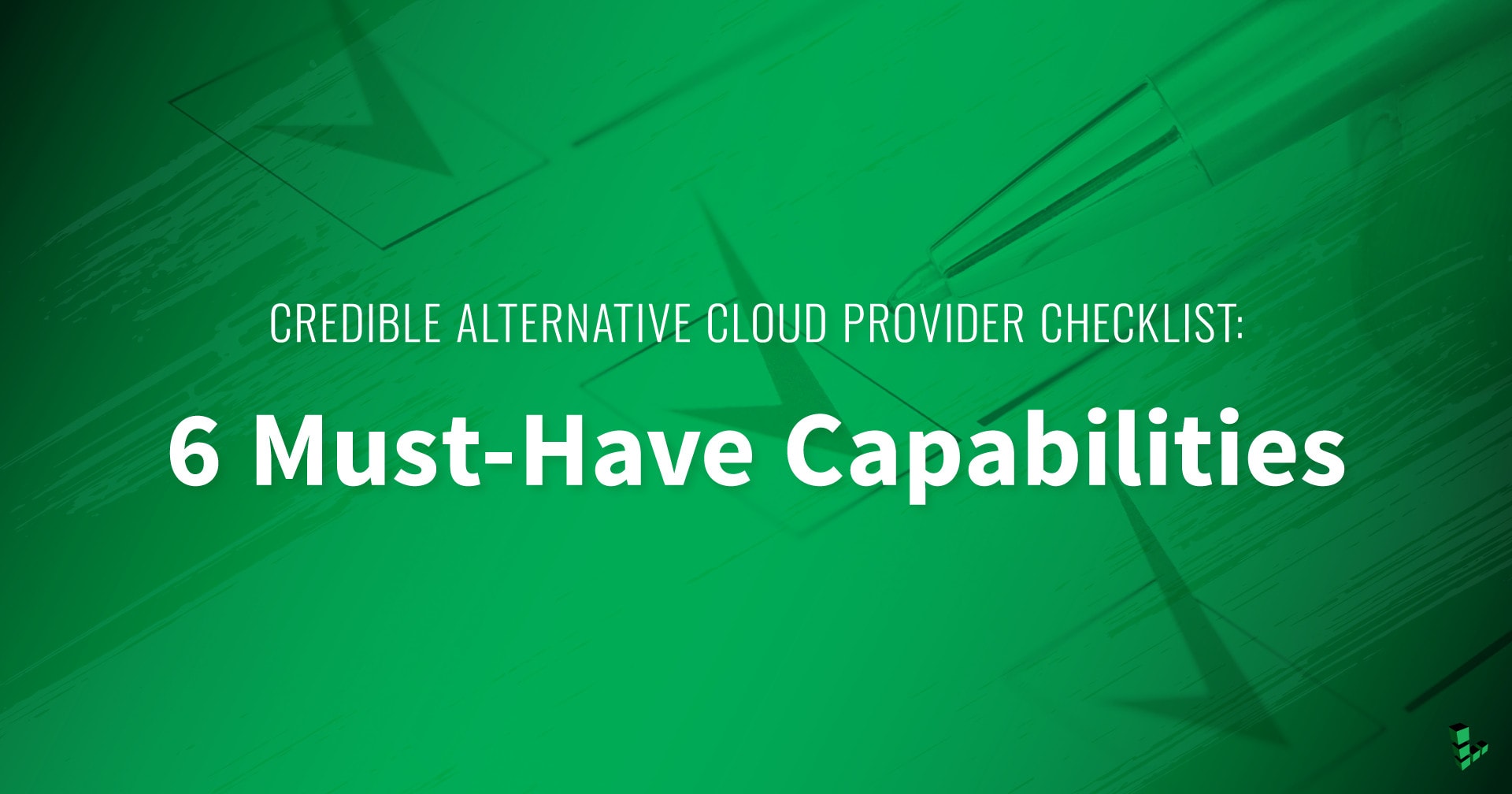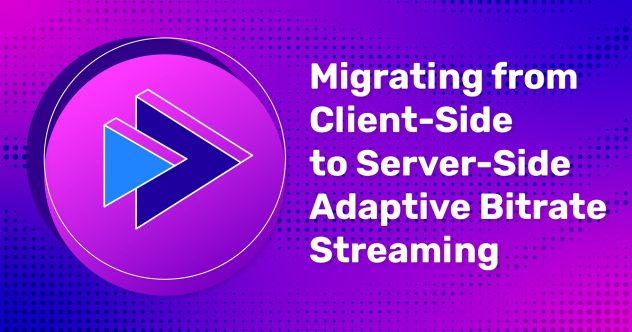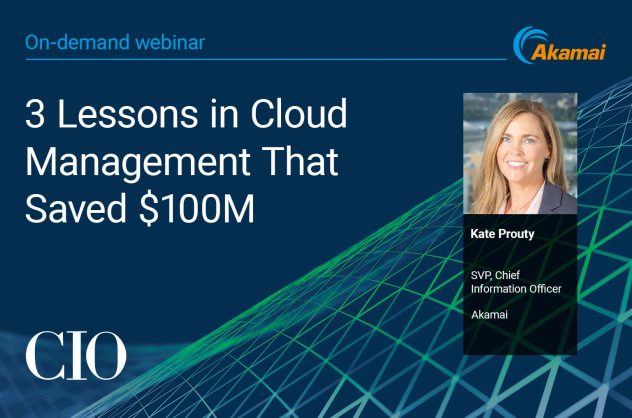In a cloud market dominated by big players like Amazon, Google, and Microsoft, alternative providers gain traction as they offer simpler and more affordable options for cloud services.
Liam Eagle, Research Director at 451 Research, was among the first to coin the term “alternative cloud providers.” He defines this category as any public cloud provider that isn’t a hyperscaler. But not every provider outside of the hyperscale realm can serve as a credible alternative.
What does it mean to be “credible”? In a recent webinar, “A Look Beyond the Big 3: The Role and Importance of Alternative Providers,” Eagle mapped out the six essential criteria required to be an alternative cloud provider in this cloud provider checklist:
- Core Primitives
A viable alternative cloud provider must deliver essential cloud services, known as core primitives. These include compute power, storage, and networking. Additionally, providers should offer CI/CD testing environments for development, backup and failover protection, security (protection from DDoS is a fundamental must-have), and compliance with global regulations.
- DNS-Based Load Balancing
Load balancing is an essential cloud function that involves configuring a domain within the Domain Name System (DNS) to distribute—or balance—requests across a group of servers. Balancing ensures faster access to the domain by relying on several IP addresses for a single domain name, splitting up traffic, and optimizing performance.
- Powerful Hardware
To compete with AWS, Azure, and Google Cloud, alternative cloud providers have to build their offerings on comparable hardware—for example, AMD EPYC™-optimized servers and NVIDIA-powered GPUs.
- Extensive APIs
As cloud operations scale, APIs play a crucial role in programmatic provisioning and automating operations. To be certain that an alternative provider can support your business as it grows, look for APIs that can extend your infrastructure management capabilities and save time.
- Fair Service Level Agreements
Every provider has a unique service level agreement (SLA). Still, some fundamental elements should get covered in each one, including: cloud availability/uptime guarantees; data ownership policy; the hardware and software used; disaster recovery and backup protocols; and any customer responsibilities. If these are missing or inadequate, that’s a red flag. Ideally, an SLA should state that all data rights remain with the user—if this doesn’t get spelled out, consider another provider.
- Global Footprint
Today’s economy is global—as a result, to best support a business’s needs, credible alternative cloud providers must operate globally, too. Choose providers with data centers around the world, connected by a reliable, private network backbone for maximum speed and reliability.









Comments